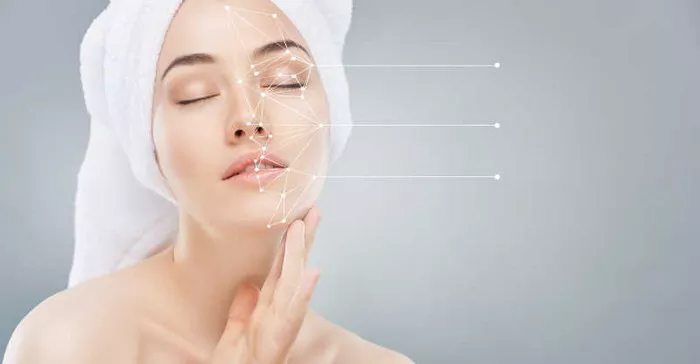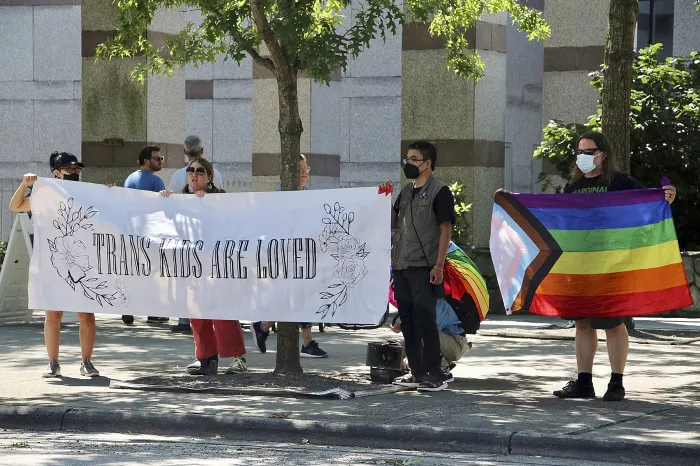Scars, whether from acne, surgeries, or injuries, often prompt individuals to explore cosmetic interventions to enhance their skin’s appearance. Among the myriad of available treatments, CO2 laser therapy has gained prominence for its efficacy in scar revision. However, a common question that arises in the minds of those considering this approach is: How many CO2 laser treatments are needed for scars? Delving into the intricacies of CO2 laser therapy and its impact on scar tissue provides valuable insights into the journey of scar revision and the potential commitment required for optimal results.
Understanding CO2 Laser Therapy
CO2 laser therapy, also known as fractional laser resurfacing, is a cutting-edge technique that utilizes carbon dioxide lasers to target and treat specific areas of the skin. This technology works by delivering concentrated beams of light that penetrate the skin’s surface, stimulating the production of collagen and encouraging the replacement of damaged tissue with new, healthier skin. In the context of scar revision, CO2 laser treatments are particularly effective in reducing the appearance of scars, improving skin texture, and promoting overall skin rejuvenation.
Tailoring the Treatment Plan
The response to CO2 laser treatments for scars is highly individualized, influenced by factors such as the type of scar, its depth, and the individual’s skin characteristics. Consequently, determining the number of sessions required for optimal results is not a one-size-fits-all scenario. Shallow scars may respond more quickly to CO2 laser therapy, requiring fewer sessions, while deeper or more complex scars may necessitate a more extended treatment plan. The plastic surgeon or dermatologist overseeing the procedure plays a pivotal role in assessing these factors and tailoring a customized treatment plan that aligns with the patient’s specific scar revision goals.
Factors Influencing the Number of CO2 Laser Treatments
Several factors contribute to the variability in the number of CO2 laser treatments needed for scar revision. The type of scar, its age, and the patient’s skin type all play significant roles. Fresh scars, for example, may respond more rapidly to CO2 laser therapy compared to older scars. Additionally, the skin’s ability to heal and generate collagen varies among individuals, influencing the overall treatment response. The size of the treatment area and the aggressiveness of the laser settings chosen by the practitioner also factor into the equation. A comprehensive evaluation of these elements enables the healthcare provider to outline a realistic timeline for achieving optimal results.
The Evolving Nature of Scar Revision
CO2 laser treatments initiate a process of skin rejuvenation and scar remodeling that unfolds over time. It is essential for individuals undergoing this procedure to approach the journey with patience and realistic expectations. While some improvements may be noticeable after the initial CO2 laser treatment, the full extent of scar revision often requires a series of sessions. The collagen production stimulated by the laser continues to enhance skin texture and reduce scar visibility in the weeks and months following each treatment. Embracing the gradual and evolving nature of scar revision with CO2 laser therapy is key to a positive and satisfying experience.
Fresh Scars vs. Mature Scars
The stage of scar maturity significantly influences the number of CO2 laser treatments needed. Fresh scars, resulting from recent injuries or surgeries, may exhibit more rapid responses to laser therapy. In such cases, a smaller number of sessions may suffice to achieve desired outcomes. Conversely, mature scars, which have undergone a more extended healing process, may require additional sessions to stimulate collagen remodeling effectively. The distinction between fresh and mature scars underscores the importance of early intervention for those considering CO2 laser therapy as part of their scar revision strategy.
Scar Types Matter
The diversity of scar types demands a nuanced approach to CO2 laser therapy. Whether dealing with hypertrophic scars, keloids, or atrophic scars, the laser settings and treatment plan must be tailored to the specific characteristics of the scar. Hypertrophic and keloid scars, characterized by excess collagen production, often benefit from CO2 laser treatments to reduce the raised appearance and alleviate associated symptoms. On the other hand, atrophic scars, resulting from a loss of underlying tissue, may require a different laser approach to stimulate collagen and improve skin texture. The ability to adapt CO2 laser therapy to varied scar scenarios highlights its versatility in addressing a spectrum of scar types.
Optimizing Results: Combining CO2 Laser Therapy with Other Modalities
In certain cases, achieving optimal results in scar revision may involve combining CO2 laser therapy with other modalities. This multi-faceted approach aims to address different aspects of scar appearance and texture. For instance, combining CO2 laser therapy with dermal fillers can be effective in treating atrophic scars by replenishing lost volume. Additionally, incorporating other techniques such as microneedling or platelet-rich plasma (PRP) may enhance the overall efficacy of scar revision. The decision to combine modalities is based on the specific needs of the patient and is determined through thorough consultation with the treating healthcare provider.
Interval Between CO2 Laser Treatments
The timing and interval between CO2 laser treatments are critical considerations in optimizing the scar revision process. While some individuals may undergo sessions at monthly intervals, others may require more extended periods between treatments to allow for optimal healing and collagen remodeling. The healthcare provider overseeing the procedure carefully assesses the skin’s response to each session and tailors the subsequent treatments accordingly. Striking the right balance in the interval between CO2 laser treatments ensures a progressive and well-tolerated approach to scar revision.
Post-Treatment Care
The number of CO2 laser treatments needed for scars is not the sole determinant of success; post-treatment care plays a crucial role in optimizing outcomes. Patients are typically provided with detailed instructions on skincare routines, sun protection, and any additional measures to support the healing process. Adhering to these guidelines is paramount in maximizing the benefits of CO2 laser therapy and minimizing the risk of complications. The collaborative effort between the healthcare provider and the patient in post-treatment care sets the stage for successful scar revision.
Potential Complications and Mitigation Strategies
While CO2 laser therapy is generally safe and well-tolerated, it is essential to acknowledge the potential for complications, albeit rare. These can include temporary changes in skin pigmentation, scarring, or prolonged redness. The expertise of the healthcare provider in selecting appropriate laser settings and closely monitoring the patient’s response helps mitigate these risks. Open communication between the patient and the healthcare provider is crucial in promptly addressing any concerns that may arise during the course of CO2 laser treatments for scars.
Individual Variability
The journey of scar revision with CO2 laser therapy is marked by individual variability in skin response. While some individuals may experience significant improvements after a few sessions, others may require a more extended treatment plan to achieve desired outcomes. Factors such as genetics, overall health, and lifestyle choices can influence the skin’s ability to heal and regenerate. Recognizing and navigating this variability is integral to the success of scar revision with CO2 laser therapy and emphasizes the importance of individualized treatment plans.
Conclusion
In conclusion, the question of how many CO2 laser treatments are needed for scars is complex and varies from person to person. The efficacy of CO2 laser therapy in scar revision is well-established, but the number of sessions required depends on factors such as scar type, maturity, and individual skin characteristics. Embracing the evolving nature of scar response and maintaining realistic expectations are key elements in the journey of scar revision with CO2 laser therapy. The collaborative effort between the healthcare provider and the patient, coupled with post-treatment care and potential combination with other modalities, contributes to the success of this innovative approach in achieving smoother, rejuvenated skin. Ultimately, the path to scar revision with CO2 laser therapy is a personalized one, guided by comprehensive assessment and a commitment to optimal outcomes.
[inline_related_posts title=”You Might Be Interested In” title_align=”left” style=”list” number=”6″ align=”none” ids=”3890,3815,3512″ by=”categories” orderby=”rand” order=”DESC” hide_thumb=”no” thumb_right=”no” views=”no” date=”yes” grid_columns=”2″ post_type=”” tax=””]
































